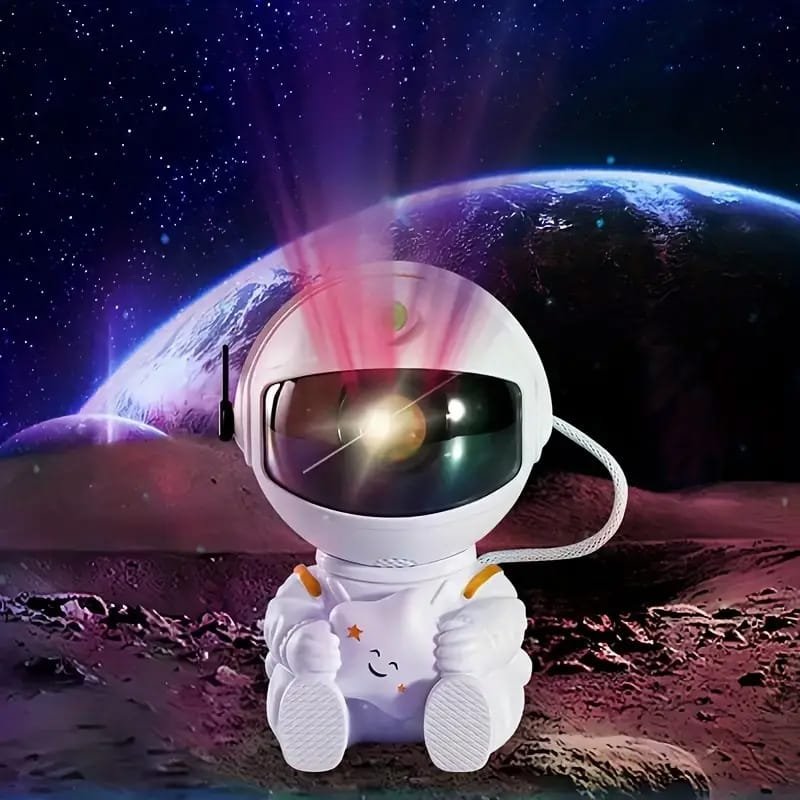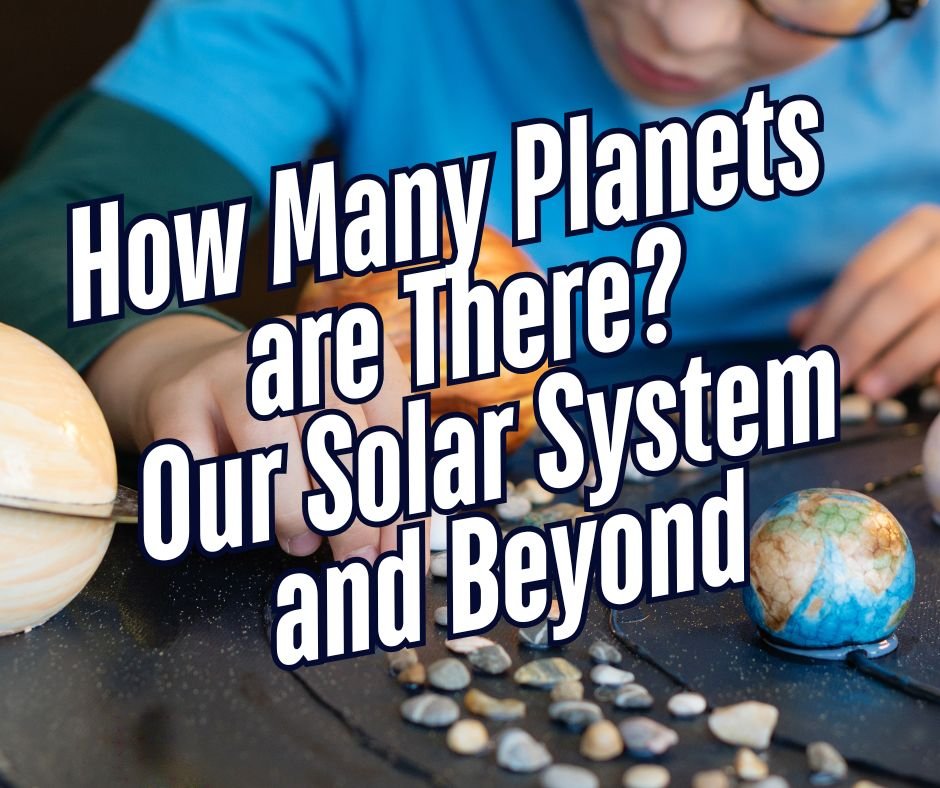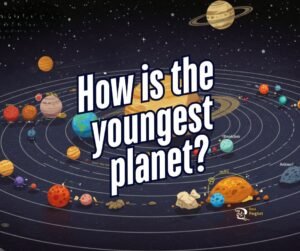The multiverse theory is a concept in cosmology that suggests the existence of multiple universes, each with its own set of physical laws and properties. According to this theory, our universe is just one of many universes that exist within a larger framework known as the multiverse. The idea of a multiverse has been around for centuries, but it has gained significant attention and importance in recent years due to advancements in theoretical physics and cosmology.
The concept of a multiverse can be traced back to ancient civilizations such as the Hindu and Buddhist traditions, which believed in the existence of multiple worlds or dimensions. However, it was not until the 20th century that the idea of a multiverse gained traction in scientific circles. In 1957, physicist Hugh Everett proposed the “many-worlds interpretation” of quantum mechanics, which suggested that every possible outcome of a quantum event actually occurs in a separate universe.
The multiverse theory has become increasingly important in cosmology because it provides a potential explanation for some of the fundamental questions about our universe. For example, it helps to explain why our universe appears to be finely-tuned for life, known as the anthropic principle. The multiverse theory suggests that there are countless universes with different physical laws and properties, and we happen to exist in one that is suitable for life. Additionally, the multiverse theory offers a possible solution to the problem of cosmic inflation, which is the rapid expansion of the universe shortly after the Big Bang.
Key Takeaways
- The multiverse theory suggests the existence of multiple universes beyond our own.
- However, the limitations of the theory include the lack of empirical evidence and the inability to test it.
- The possibility of a meta-multiverse, or a larger structure containing multiple multiverses, has been proposed.
- Theoretical frameworks, such as string theory, attempt to explain the existence of larger universes.
- Mathematics plays a crucial role in exploring and understanding larger universes.
The limitations of the multiverse theory
While the multiverse theory has gained popularity among scientists and cosmologists, it is not without its limitations and criticisms. One major criticism of the theory is that it is currently impossible to test or observe other universes within the multiverse. Since each universe operates under its own set of physical laws and properties, it is difficult to gather empirical evidence to support or refute the existence of other universes.
Another challenge in testing the multiverse theory is the lack of a clear definition or framework for what constitutes a universe within the multiverse. Some versions of the theory suggest that each universe is a separate bubble or pocket within a larger space, while others propose that universes exist on different dimensions or branes. Without a clear understanding of what constitutes a universe within the multiverse, it becomes difficult to develop experiments or observations to test the theory.
Furthermore, alternative explanations have been proposed for observed phenomena that are often attributed to the multiverse. For example, some scientists argue that the apparent fine-tuning of our universe for life can be explained by the existence of a “landscape” of possible physical laws and properties, rather than the existence of multiple universes. This landscape would allow for a wide range of physical possibilities, and our universe just happens to fall within the range suitable for life.
The possibility of a meta-multiverse
While the concept of a multiverse suggests the existence of multiple universes, there is also the possibility of a meta-multiverse, which would encompass all possible universes and realities. A meta-multiverse would be a higher-level framework that contains all possible variations and configurations of universes.
The theoretical basis for a meta-multiverse comes from theories such as string theory and brane cosmology, which propose the existence of extra dimensions beyond our familiar three spatial dimensions and one time dimension. These extra dimensions could potentially contain other universes or realities that are inaccessible to us.
The implications of a meta-multiverse for our understanding of reality are profound. It suggests that our universe is just one among an infinite number of possible universes, each with its own set of physical laws and properties. This challenges our traditional notions of reality and raises questions about the nature of existence and consciousness.
Theoretical frameworks for understanding larger universes
In order to understand larger universes within the multiverse, scientists have developed theoretical frameworks such as string theory, brane cosmology, and loop quantum gravity. These frameworks propose the existence of extra dimensions beyond our familiar three spatial dimensions and one time dimension.
String theory suggests that the fundamental building blocks of the universe are not point-like particles, but tiny vibrating strings of energy. These strings exist in a higher-dimensional space known as the “bulk,” which contains additional spatial dimensions beyond our three-dimensional space. The vibrations of these strings determine the properties and behavior of particles in our universe.
Brane cosmology, on the other hand, proposes that our universe is a three-dimensional “brane” embedded within a higher-dimensional space known as the “bulk.” This theory suggests that other branes or universes could exist within the bulk, separated from our universe by extra dimensions. The interactions between these branes could potentially explain phenomena such as gravity and dark energy.
Loop quantum gravity is another theoretical framework that attempts to reconcile general relativity with quantum mechanics. It suggests that space and time are quantized at the smallest scales, forming a discrete network of interconnected loops. This theory also allows for the existence of extra dimensions beyond our familiar three spatial dimensions.
The role of mathematics in exploring larger universes
Mathematics plays a crucial role in exploring larger universes within the multiverse. Mathematical models and equations are used to describe the behavior of particles, fields, and forces in these higher-dimensional spaces.
Mathematical models allow scientists to make theoretical predictions about the properties and behavior of particles in larger universes. These predictions can then be tested through experiments or observations to validate or refine the models.
However, interpreting mathematical models can be challenging. Higher-dimensional spaces are difficult to visualize or conceptualize, as they go beyond our everyday experience of three-dimensional space. Scientists often rely on analogies or visualizations to help understand these abstract concepts.
Additionally, mathematical models can sometimes produce multiple solutions or interpretations, leading to different predictions about the properties and behavior of particles in larger universes. This can make it difficult to determine which interpretation is correct or most accurate.
The philosophical implications of larger universes

The concept of larger universes within the multiverse has profound philosophical implications for our understanding of the universe and our place in it. It challenges traditional notions of reality and raises questions about the nature of existence, consciousness, and our role in shaping the universe.
One philosophical implication is the concept of the anthropic principle, which suggests that the properties and laws of our universe are finely-tuned for the existence of life. The multiverse theory offers a possible explanation for this fine-tuning by suggesting that there are countless universes with different physical laws and properties, and we happen to exist in one that is suitable for life.
The concept of a multiverse also raises questions about the role of philosophy in cosmology. Traditionally, philosophy and science have been seen as separate disciplines, with science focusing on empirical observations and experiments, and philosophy addressing questions about meaning, purpose, and ethics. However, the study of larger universes within the multiverse blurs the boundaries between these disciplines, as it raises fundamental questions about the nature of reality and our place in it.
Alternative theories to the multiverse
While the multiverse theory has gained popularity in recent years, there are also alternative theories that propose different explanations for observed phenomena. These alternative theories challenge the idea of a multiverse and offer different perspectives on the nature of the universe.
One alternative theory is the cyclic universe theory, which suggests that our universe goes through an infinite cycle of expansion and contraction. According to this theory, each cycle begins with a Big Bang, followed by a period of expansion known as cosmic inflation. Eventually, the expansion slows down and reverses into a contraction phase, leading to a Big Crunch. This process then repeats itself in an endless cycle.
Another alternative theory is the holographic principle, which suggests that our three-dimensional universe is actually a projection or hologram of information encoded on a two-dimensional surface. This theory is based on the idea that the information content of a region of space can be fully described by the information on its boundary.
The self-creation cosmology is another alternative theory that proposes that our universe is a self-contained entity that spontaneously arises from nothing. According to this theory, the laws of physics and the properties of our universe are not determined by external factors or a multiverse, but rather emerge from a self-organizing process.
The search for evidence of larger universes
One of the challenges in studying larger universes within the multiverse is the lack of direct observational evidence. Since each universe within the multiverse operates under its own set of physical laws and properties, it is difficult to gather empirical evidence to support or refute the existence of other universes.
However, there have been some observational hints and indirect evidence that suggest the existence of a multiverse. For example, cosmic microwave background radiation, which is leftover radiation from the Big Bang, shows patterns and fluctuations that could be explained by the presence of other universes.
In addition, some versions of the multiverse theory predict the existence of “cosmic strings,” which are long, thin strands of energy that could have formed during cosmic inflation. These cosmic strings could potentially leave observable imprints on the distribution of matter in our universe.
Despite these hints and indirect evidence, detecting direct evidence for larger universes within the multiverse remains a significant challenge. The vast distances and scales involved make it difficult to observe or detect signals from other universes. Furthermore, the lack of a clear definition or framework for what constitutes a universe within the multiverse makes it challenging to design experiments or observations to test the theory.
Implications for our understanding of reality
The existence of larger universes within the multiverse has profound implications for our understanding of reality. It challenges our traditional notions of reality and raises questions about the nature of existence, consciousness, and our place in the universe.
The concept of a multiverse suggests that our universe is just one among an infinite number of possible universes, each with its own set of physical laws and properties. This challenges the idea that our universe is unique or special, and raises questions about the nature of existence and consciousness in a larger cosmic context.
Furthermore, the concept of a multiverse represents a paradigm shift in our understanding of the universe. It suggests that there may be fundamental aspects of reality that are beyond our current scientific understanding, and that our universe is just one piece of a much larger cosmic puzzle.
The future of cosmology and the study of larger universes
The study of larger universes within the multiverse represents an exciting frontier in cosmology and theoretical physics. As technology advances and our understanding of fundamental physics deepens, we may be able to develop new tools and techniques to explore these higher-dimensional spaces.
Future directions in cosmology research include developing more refined mathematical models and theoretical frameworks to describe the behavior of particles in larger universes. This will require a deeper understanding of string theory, brane cosmology, and other theoretical frameworks.
Observational challenges in studying larger universes include developing new telescopes and instruments that can detect signals or evidence from other universes. This may involve searching for patterns or imprints in cosmic microwave background radiation, studying the distribution of matter on large scales, or looking for other indirect evidence.
The potential impact of discoveries about larger universes on our understanding of the universe cannot be overstated. It could lead to new insights into the nature of reality, the origins of the universe, and our place in it. It may also have practical applications in areas such as technology, energy, and space exploration.
In conclusion, the concept of the multiverse and larger universes within it has captured the imagination of scientists and philosophers alike. While the multiverse theory has its limitations and alternative explanations have been proposed, it represents a paradigm shift in our understanding of the universe and our place in it. The study of larger universes within the multiverse is an exciting frontier in cosmology and theoretical physics, with the potential to revolutionize our understanding of reality.
If you’re fascinated by the concept of the multiverse and want to explore even more mind-boggling ideas, you won’t want to miss out on “The Universe Episodes.” This website is a treasure trove of thought-provoking content that delves into the mysteries of our universe and beyond. In their article titled “Beyond the Multiverse: Exploring Parallel Dimensions,” they take readers on a journey through the possibilities of parallel dimensions existing alongside our own. It’s a captivating read that will leave you questioning the limits of reality. Check it out here.
























